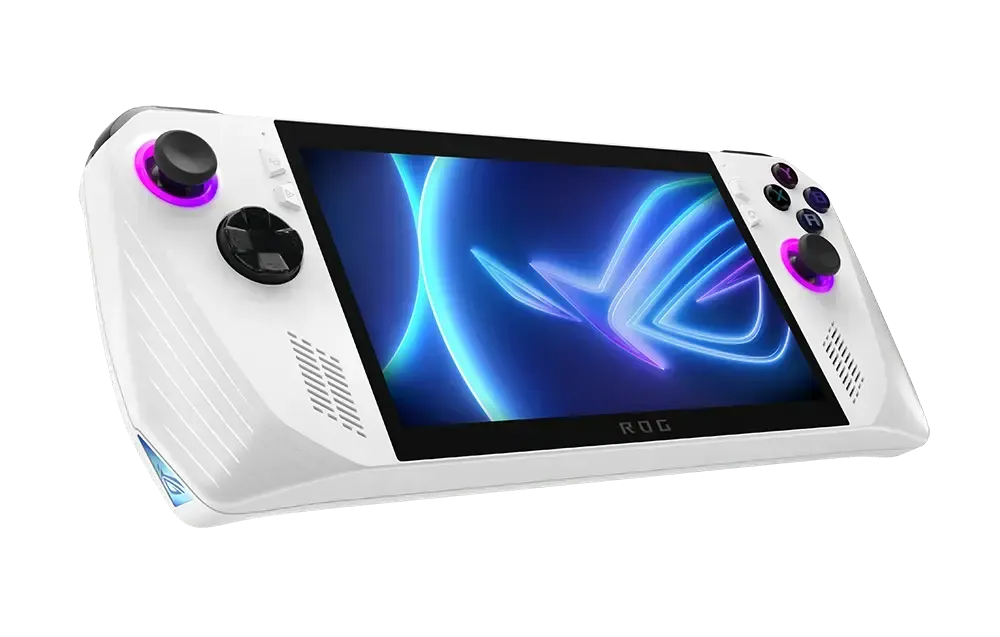MSI recently took the wraps off its Steam Deck competitor, the MSI Claw, a 7.4-inch portable gaming device that promises to let you enjoy your favorite PC games on the go. But how does it measure up against one of the most capable gaming handhelds on the market, the Asus ROG Ally ?
Design and Display
Despite coming from two different manufacturers, the MSI Claw and ROG Ally have striking similarities. With a screen size of 7.4 inches, 120Hz refresh rate, and Full HD IPS LCD screen technology, both devices look almost identical. Even smaller details, such as button placement, are surprisingly similar. This consistency benefits consumers who can expect a consistent experience regardless of their choice.

Processors : Intel vs AMD
The main divergence between the two lies in the choice of processors. The MSI Claw opts for Intel processors, more precisely the Intel Core Ultra 5 or Ultra 7 depending on the variant, with 16 GB of RAM and storage options of 512 GB or 1 TB. On the other hand, the Asus ROG Ally is turning to AMD, offering either the standard Ryzen Z1 or the more powerful Ryzen Z1 Extreme, also with 16GB of RAM and similar storage options.
It will be interesting to see how these choices translate to performance, especially with the MSI Claw boasting a higher TDP of 45W, compared to the ROG Ally’s 10-30W range.
eGPU support : MSI Claw more versatile
The MSI Claw, anticipating the needs of gamers, opts for a Thunderbolt 4 interface. This design allows for extensive compatibility with various eGPU solutions, providing greater flexibility compared to the more restricted XG Mobile interface of the Asus ROG Ally . If eGPU connectivity is essential for your favorite AAA games, the MSI Claw seems to be the more flexible choice.

Battery life : MSI Claw ahead of the Asus Rog Ally
A challenge for the ROG Ally has been its relatively small 40Wh battery, limiting battery life during intensive gaming sessions. The MSI Claw meets this challenge with a more generous 53 Wh battery. While the exact impact on battery life needs to be tested, a larger battery suggests significant potential for improvement.
Availability and Price : ROG Ally more affordable and available sooner
Available since early 2023, the Asus ROG Ally has a head start in terms of availability compared to the MSI Claw, whose release date is scheduled for the first half of 2024. The ROG Ally, with a starting price of 599 $, is also cheaper than the MSI Claw which will start at $699. If you’re looking for a gaming handheld right now and for less, the ROG Ally could be your choice.
Final Verdict : To Each Their Strengths
While the MSI Claw and Asus ROG Ally share a surprisingly similar look, the choice between the two could come down to brand preference, design preference, or even loyalty to a processor platform. When looking for a gaming handheld, these key differences can be crucial. If expanded eGPU support and improved battery life are your main concerns, the MSI Claw could be the right choice. However, if ready availability and a more affordable price are key, the Asus ROG Ally remains a solid option.
Related :
